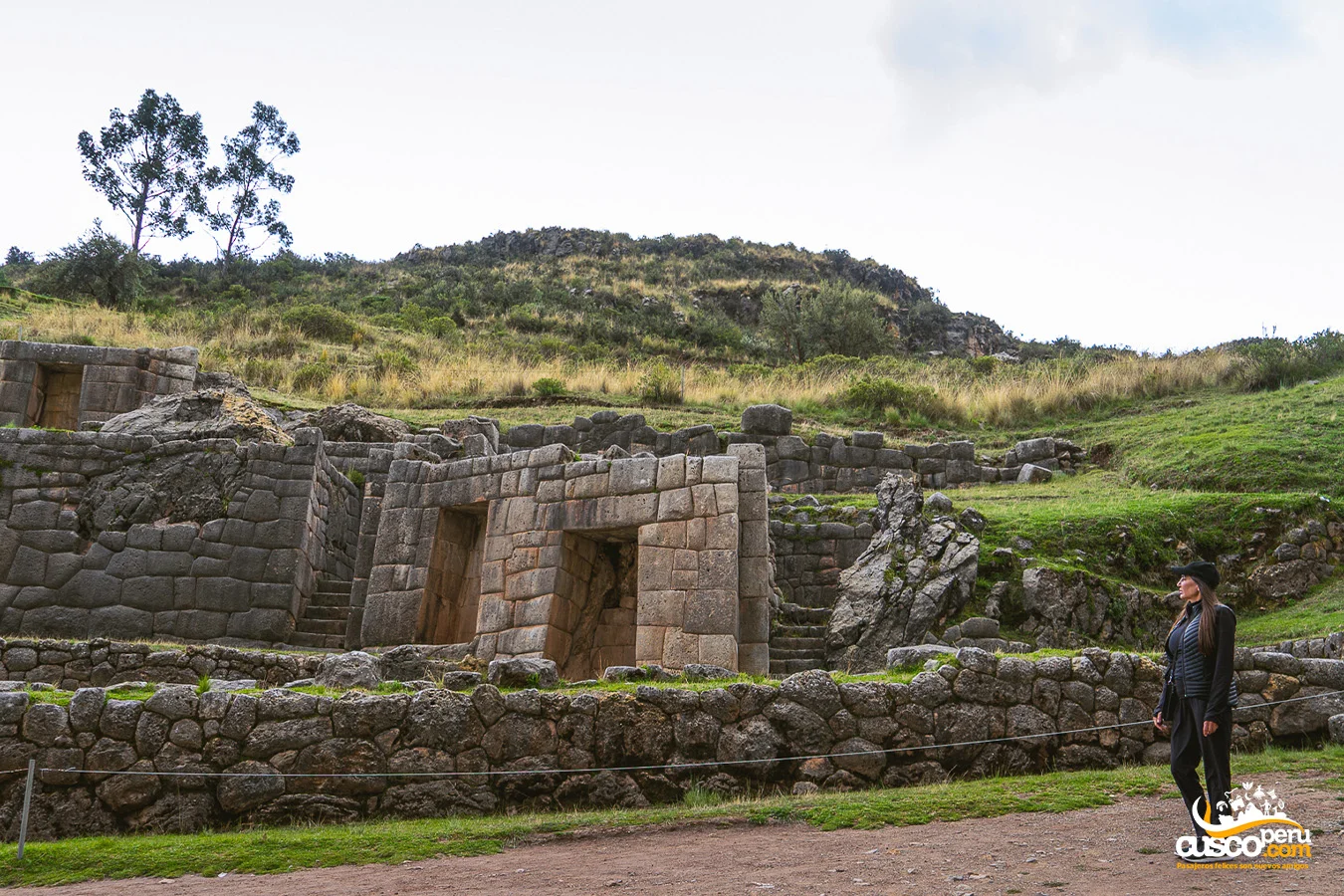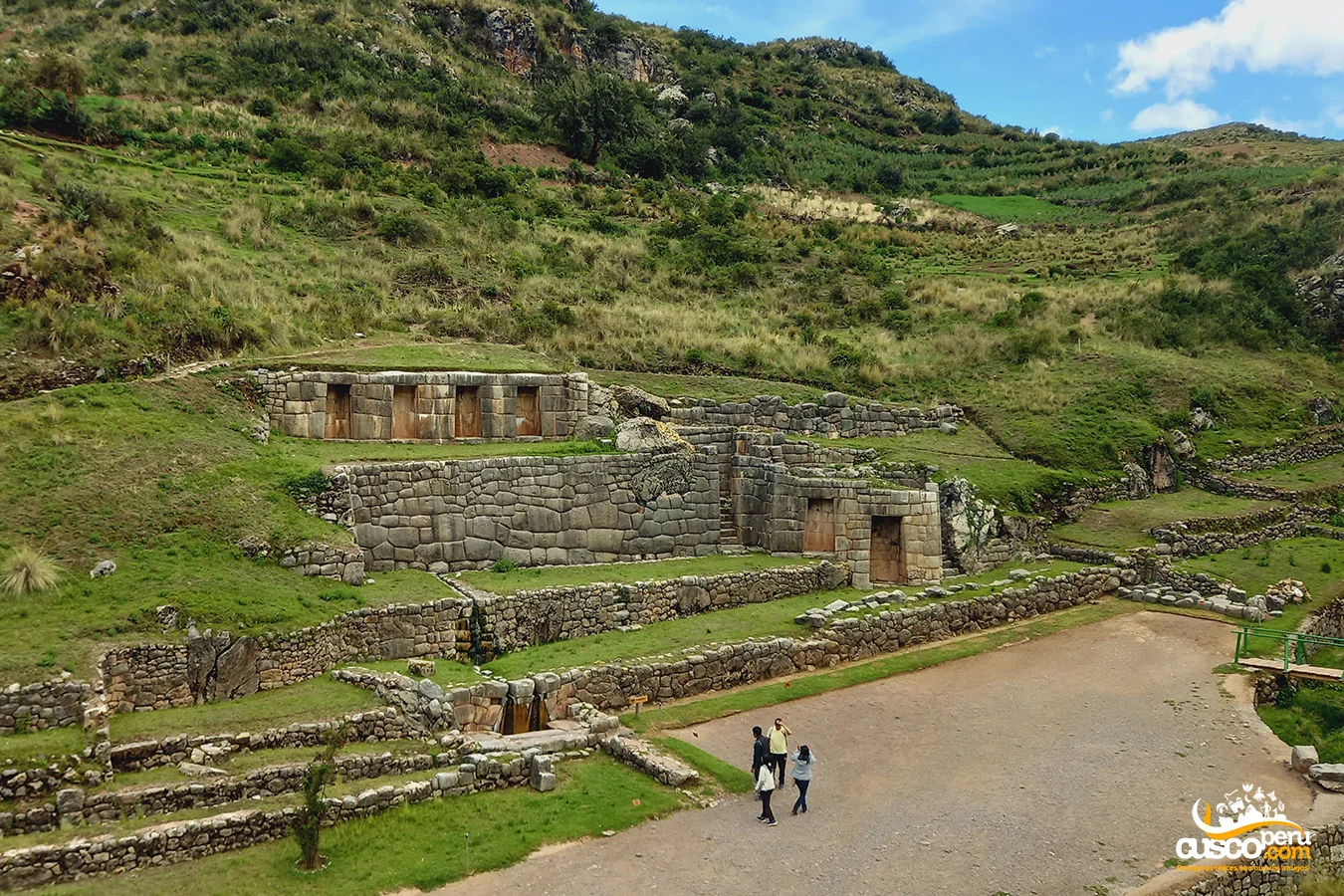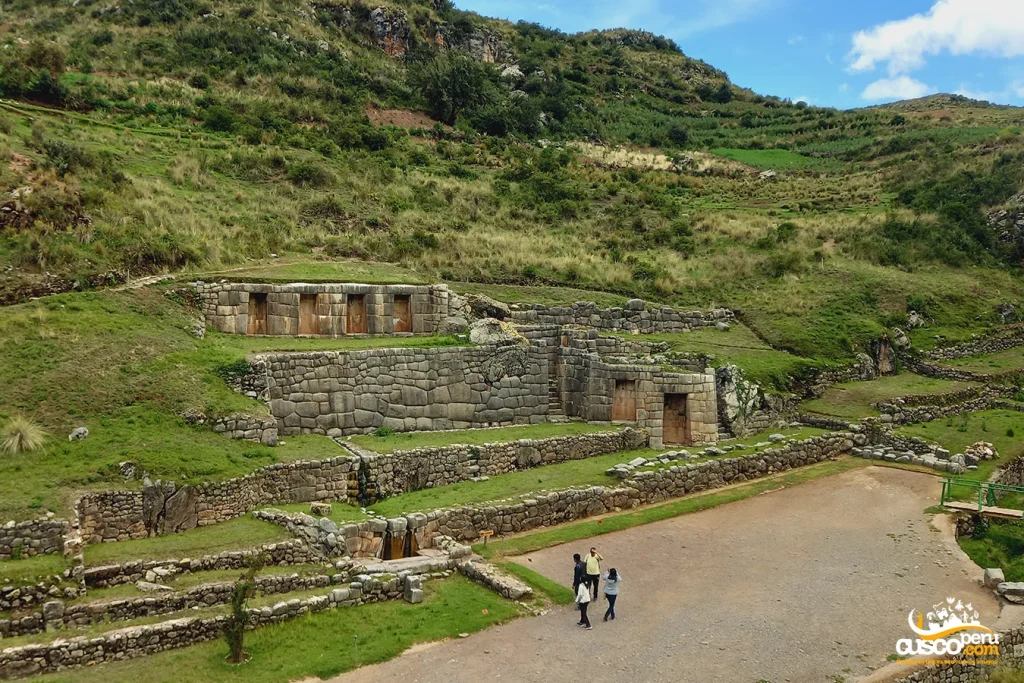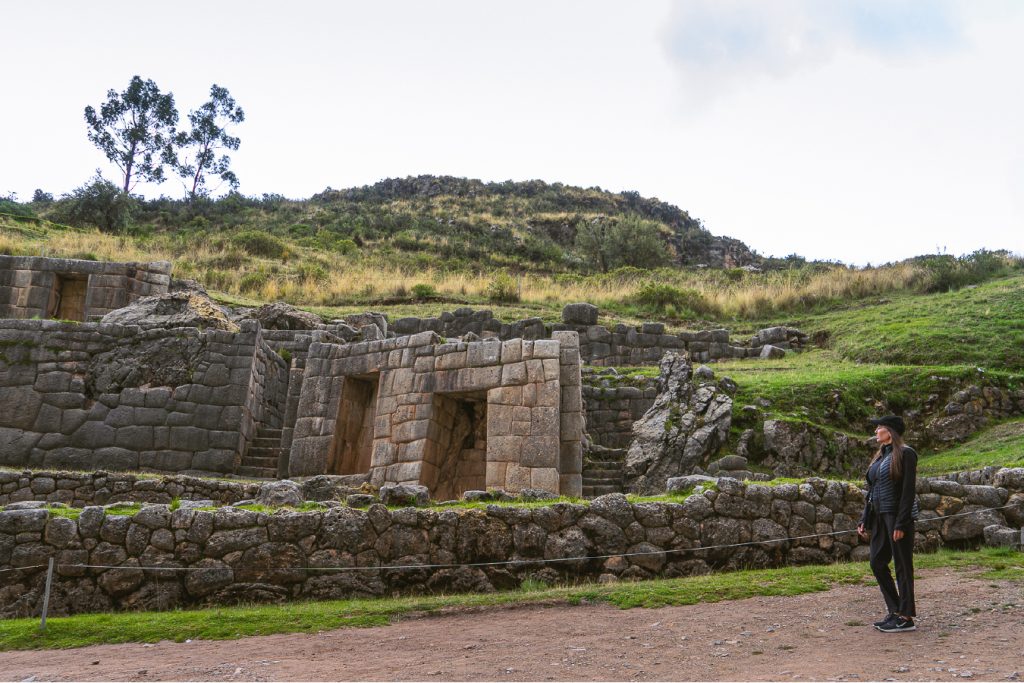
The archaeological site of Tambomachay was a place dedicated to the water worship and as a resting place for the Inca nobility. Today, this archaeological site continues to impress all visitors with its complex hydraulic engineering.
The location has an approximate extension of half a hectare and the material used for its construction was limestone with polygonal style masonry. Tradition knows this monument as "The Bath of the Ñusta" due to the existence of two aqueducts that carry crystal clear water all year round.
[lwptoc]

Table of Contents
The name it receives does not have an exact definition, but it is believed to come from two Quechua words: "Tampu" which means lodging and "Mach'ay" which is rest. However, other translations indicate that "Mach'ay" means caves.
In the Andean worldview, water was the origin of life, turning this resource into one of their main deities. For this reason, special importance was given to water worship in all Inca constructions.
Tambomachay has liturgical fountains carved in stone and feed an extensive network of channels that provided water to the nearby archaeological enclosures.
Water worship is present in every Inca enclosure, represented as water channels in which the flow of it is continuous.
This archaeological center was built over a river and springs, although it is still not exactly known where the flowing water comes from. The slope allows water to run through all the channels, which despite having passed more than 600 years, continue to flow.
There is no doubt that all archaeological sites offer a different view of the Inca culture, in this case, Tambomachay shows us the importance that water had in the Inca era.
Tambomachay was not greatly damaged in the era of Spanish colonization, that is why the complex is one of the best preserved, located near the city of Cusco.
Tambomachay is an important example of the hydraulic engineering that the Incas possessed, since the precinct has water channels made of carved stone in which water flows all year round.
This water flows to a platform that functioned as a liturgical fountain and, presumably, the Inca baths.

Tambomachay is located 5 kilometers from the city of Cusco and 0.6 kilometers from Puca Pucara, an archaeological site with which it is closely related. It is on the Cusco-Pisac road.
Monday to Sunday from 08:00 am to 05:30 pm.
Entrance to Tambomachay is included in the Tourist Ticket.
The climate at Tambomachay corresponds to the climate of the city of Cusco, which is generally dry and temperate. However, it is recommended to visit this place in the afternoons, when the temperature is not so high, and you can appreciate why it is named so.
Getting to Tambomachay is very simple, and it offers different options:
Do you want to explore Tambomachay and its surroundings?
At CuscoPeru.com, we have the perfect tour for you.
With our Cusco City Tour, you'll visit Tambomachay, Qoricancha, Qenqo, and other spectacular areas of the city.
Come and experience this unforgettable experience!
Image Gallery




Happy passengers